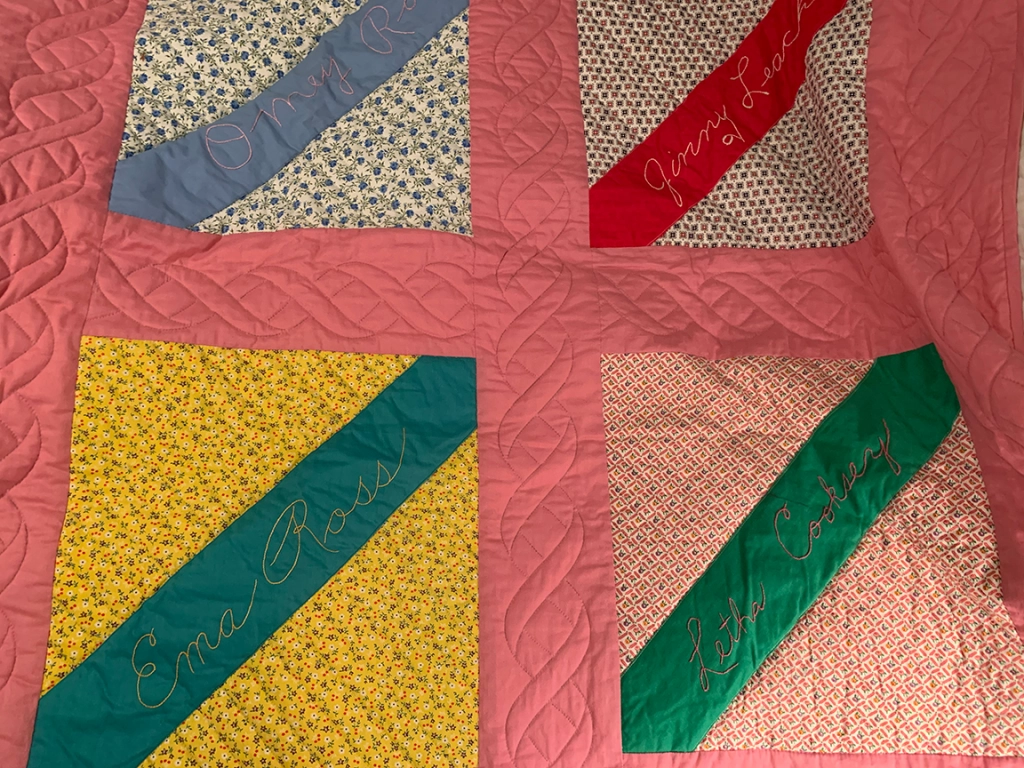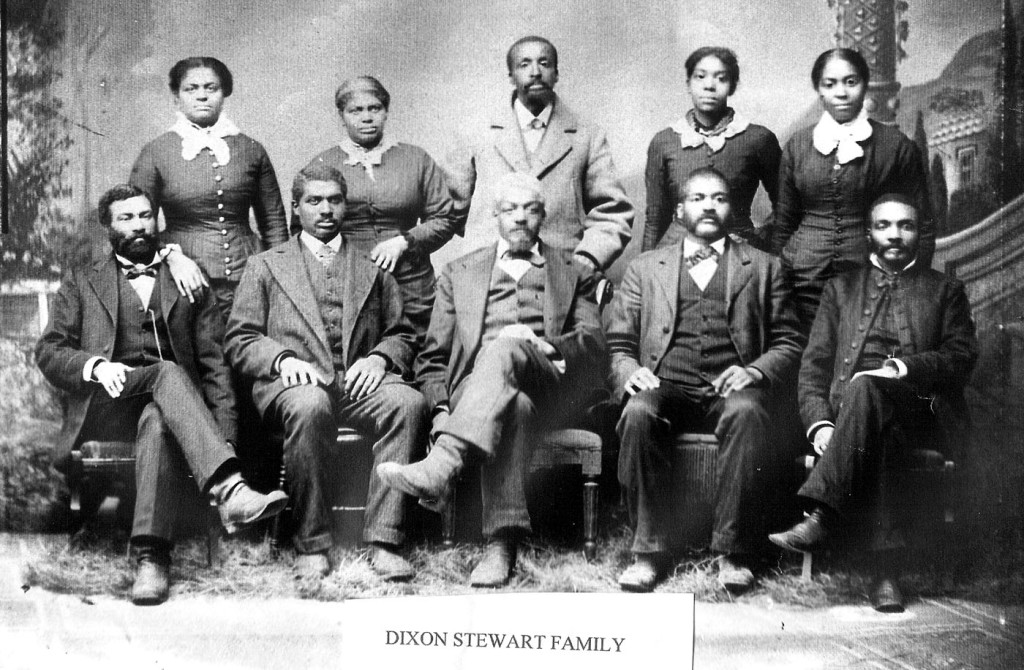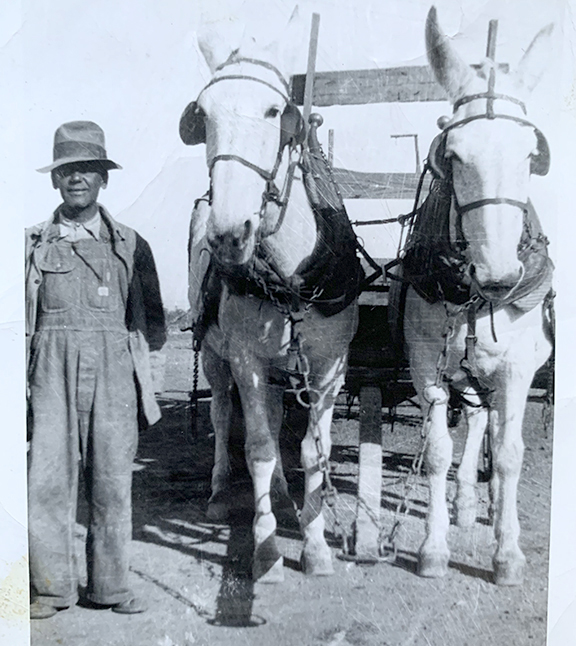Celebrating Lost Creek – The Story of an African American Settlement
The Lost Creek Settlement was formed beginning in the early 1800s, when a small group of free African Americans courageously traveled from Maryland, Virginia, and North Carolina to settle in what is now Vigo County, Indiana, to escape the racial violence and systemic oppression of the pre-Civil War South. While “free,” the families traveling from North Carolina to Indiana faced constant fear. The “freedom papers” they held tightly offered some protection from being killed, kidnapped, or sold into slavery, yet, the risk was worth the hope they had in this new community.
In the 200 years since settling in our community, the founders of the Lost Creek Settlement and their descendants – leaders, educators, medical professionals, artists, entrepreneurs, business owners, laborers, and more – have shaped our community and culture in innumerable ways.
Yet, their story is still unknown by many.
Art Spaces Board, staff, and volunteers are honored to partner with Lost Creek descendants and other community members to create a piece of public art to bring awareness to the settlement, share its history, and celebrate the contributions and influence it has had on our community.
A Better Life, A Lasting Legacy
The Lost Creek settlers were among the earliest non-indigenous residents in the county. In the face of inequities and challenges in Indiana, the people of Lost Creek demonstrated fortitude, grit, and resilience to create their American dream. For many generations, they maintained a successful tradition of owning and farming their own lands. They established a thriving farming community with a church, cemetery, general store, blacksmith, and school, employing their own teachers when it was forbidden to educate African American students in Indiana public schools.
Quilting was an important part of their culture, and everyone took part in this activity, some learning the craft as young as age 5. Many of these quilts were preserved and became family heirlooms that have been passed down from generation to generation, some of which are over 100 years old.


The settlers welcomed additional members over the years, and the Lost Creek Settlement became an important part of the Underground Railroad, providing refuge for Black Americans fleeing lives of enslavement or indentured servitude. The Lost Creek Settlement is a vital part of the Vigo County’s shared history, with many of its descendants making valuable contributions to the local community, as well as in communities across the state and country.
Awareness & Education Through Public Art
This project has the potential to impact thousands of people each year, those living in and around Terre Haute along with our many visitors. Perhaps most importantly, it will build pride and understanding among our youth as they learn more about the important role of people of color in the development of Terre Haute and Vigo County.
Public art plays an important part in contributing to a community’s identity, creating a sense of pride and belonging, and improves the quality of life for people of all ages.
Celebrating Lost Creek – The Story of an African American Settlement will become part of Terre Haute’s Cultural Trail, formed in 2008 when Art Spaces and other arts and cultural organizations collaborated to honor individuals, groups and icons that have had a noteworthy impact on our community and well beyond, through works of public art. Collectively these artworks capture our city’s unique cultural history while building awareness of the cultural strength of our region. Those completed to date include a figurative sculpture of world renowned poet, Max Ehrmann; a bronze form honoring the composer of Indiana’s state song, Paul Dresser, as well as the Wabash River and Dresser’s song; and a sculpture celebrating phrases from the many works of internationally celebrated American writer, Theodore Dreiser.
Collectively these artworks capture our community’s unique cultural history while building awareness of the cultural strength of our region.
This project is supported in part by:
The Larry Paul Foundation
The CreatINg Places Program created by the Indiana Housing and Community Development Authority
Top Image: Crazy Quilt, c. 1870-1880s believed to be Elizabeth Malone Walden Stewart, courtesy of Dee Reed






